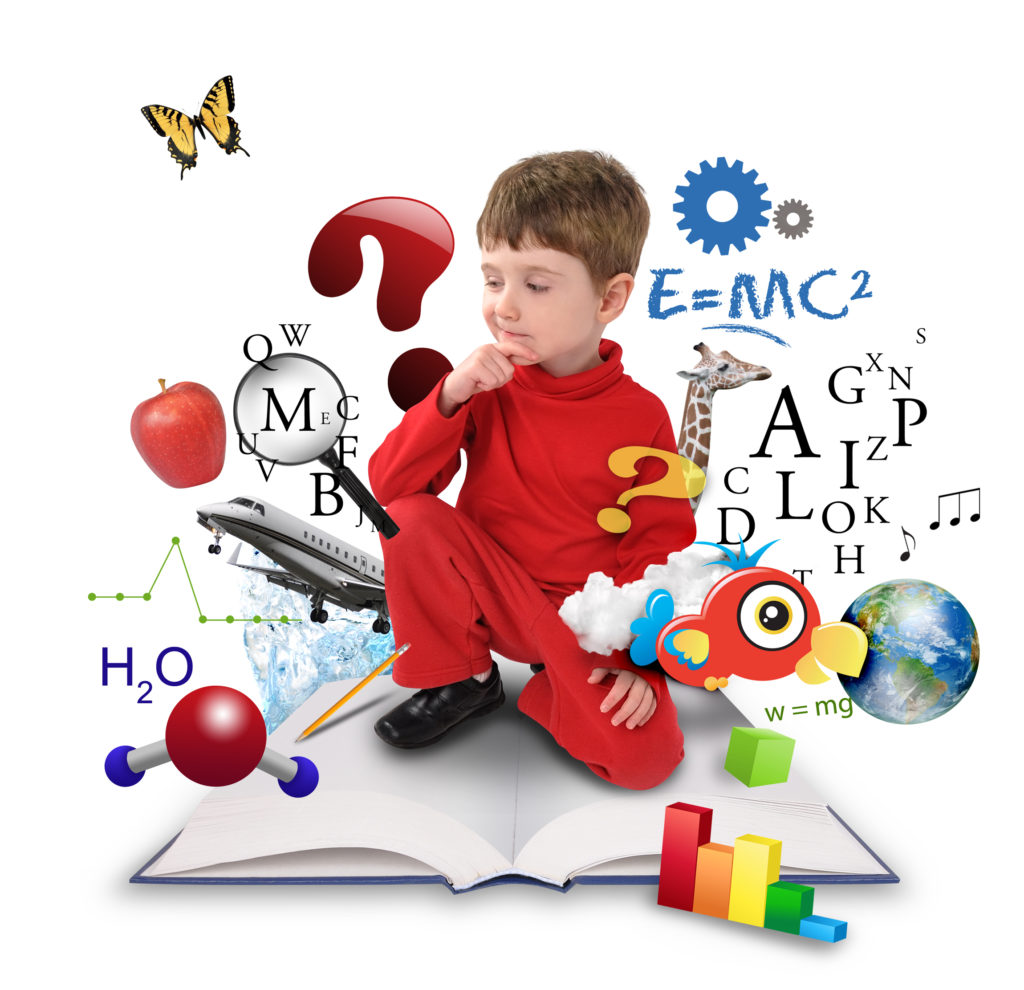Even with all these years, technology is still a hot button issue. Some educators and students love and employ technology flawlessly daily, although some hate it and don’t understand why they must be expected to apply it whatsoever.

Moreover, complicating any discussion with the role of technology in schools is the perceived inequality gap between rich and poor school districts. Some schools seem to have endless helpful new technology (think iPads and 3D printers), while other schools need to use what wealthier schools might disregard as old.
Similarly, supporters of technology state that technology from the classroom encourages independent learning, teaches real-world life skills (e.g. crafting emails, online etiquette), inspires creativity, so it helps students experiment in disciplines such as science through the use of more using new tools.
However, critics of technology from the classroom state that it leads to distraction (in particular when students are checking Facebook rather than pay attention), fosters poor studying and research habits (e.g. just searching Google as an alternative to really researching a topic using library resources), and will bring about problems like cyber bullying or the invasion of privacy.
What’s clear is that there are specific trade-offs involved with technology. Educators shouldn’t view technology as being a panacea that can magically teach students the best way to read every time they get access to an iPad. And students shouldn’t view tablets, phones, and 3D printers simply as toys to avoid the real work of studying.
That’s why the key estimate any discussion about technology from the classroom (and out from the classroom) is the teacher. If your Visa for teacher in US desires to supplement an in-class lessons with internet resources, he has to be also sure all students have equal use of those resources. Some students may live in a home with use of multiple computers and tablets, although some might live in a home where there isn’t any use of fractional laser treatments.
The aim of technology is always to make learning quicker and easier for all students. Knowning that could mean challenging many assumptions regarding how students learn best. For instance, one trend inside U.S. educational strategy is “flipping the classroom,” where online learning plays a huge role. Unlike the regular classroom, where lectures take place during the school days and homework gets done in the evening, a “flipped classroom” ensures that students assist teachers on homework during the school day and after that watch movie lectures in the evening.
And there’s another ingredient that needs to be considered, and that’s the ability for technology to prepare students for your arena of the future. That’s the reason why U.S. educators are actually focusing on computer science and coding – they have even described coding/programming as being a new fundamental skill from the digital economy, right next to literacy. In this instance, naturally, it is computer literacy that matters.
Whether it’s online education, iPads, gaming or BYOD, technology may play a crucial role in the foreseeable future development of education. It’s necessary for any teacher to be aware of the various issues playing anytime they introduce technology into the lesson plan and also the overall classroom experience.
To read more about Visa for teacher in US browse our new web site: click for more info
